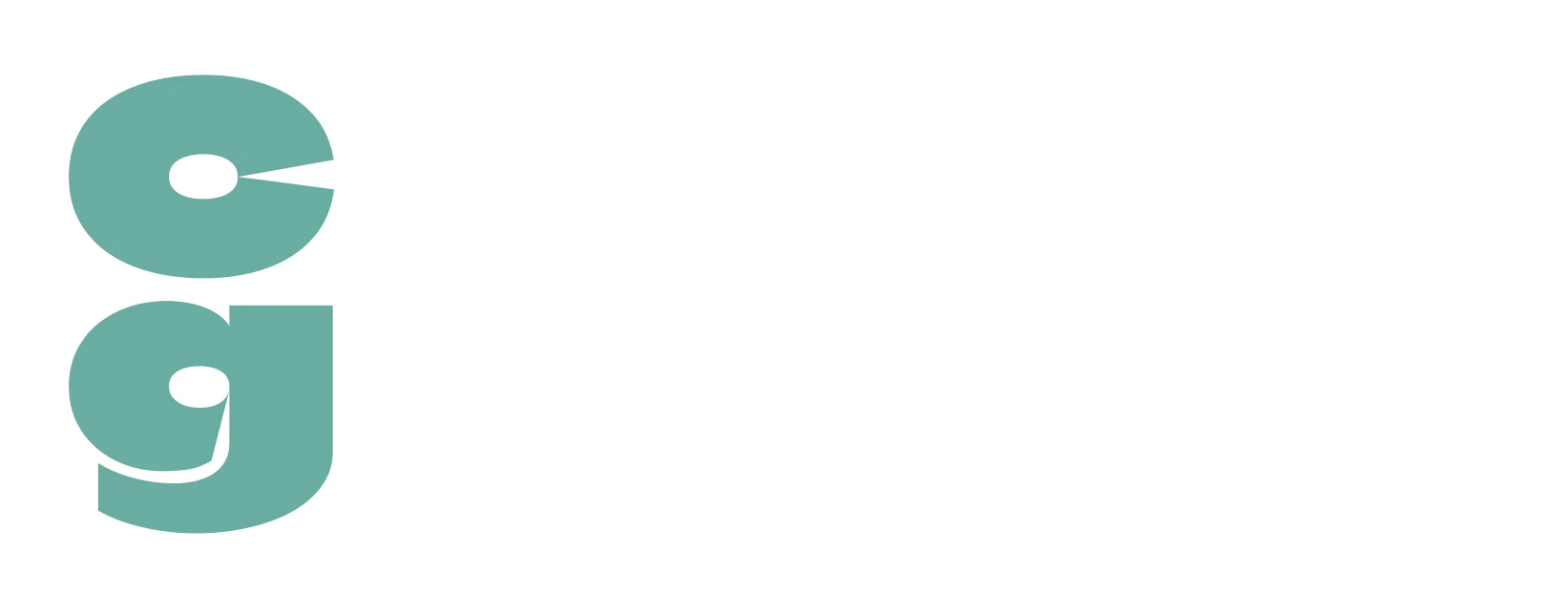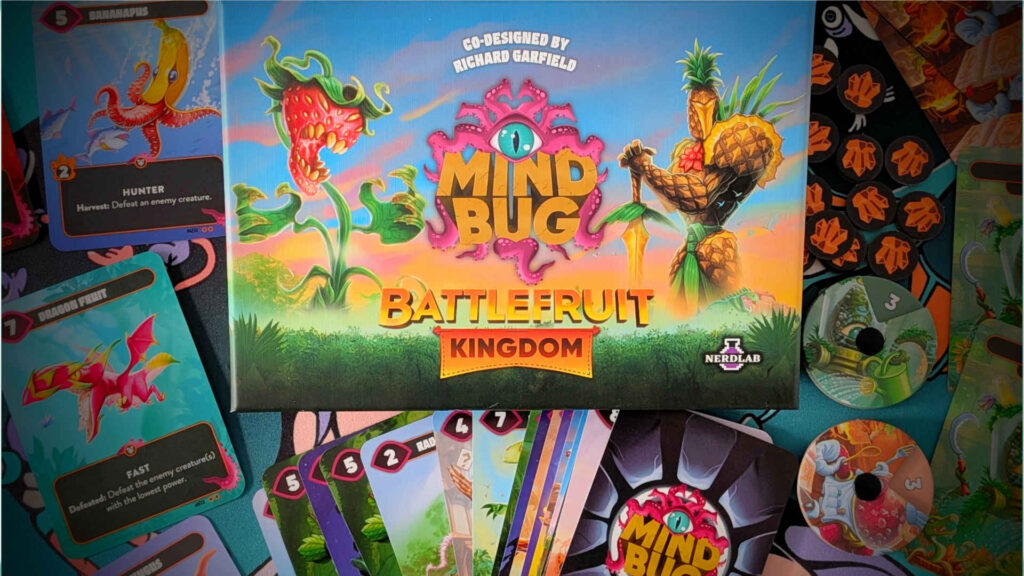The Pokémon Trading Card Game (or TCG) has numerous elements of gameplay that have been adapted from the original Pokémon video games. One such element, special conditions (sometimes referred to as status conditions), are handled surprisingly well in the TCG, but with so many of them, it’s not always easy to remember exactly what they do, or how to ensure you can easily identify when your Pokémon is afflicted with a specific condition.
Having attended numerous Pokémon pre-release events and participated in casual and competitive play, we here at Card Gamer are fully aware that even for long-term players, some special conditions can be confusing to deal with, and difficult to remember the specifics of in the heat of battle. So let’s take a look at all of the different special conditions in alphabetical order, learn how to mark them, how each affects your Pokémon, when or if it deals damage, and perhaps most importantly, how you cure your Pokémon of each different condition!
Table of Contents
ToggleAsleep

When a Pokémon is afflicted with the Sleep condition, its owner must turn its card sideways (usually counterclockwise so that its name is on the left, to differentiate the status from Paralyzed) to show that it’s Asleep. You can see the correct orientation in the image above. A Pokémon that’s Asleep cannot retreat to the Bench by paying its retreat cost, and it can’t attack either. However, you may still play other cards, and the Trainer card Switch can be used in the normal way, for example, to Switch your Active (and Asleep!) Pokémon with one on the Bench, and this will remove the sleep condition.
If you’re unable to use a Trainer, or other type of card, to wake up your Pokémon, after each turn (both yours and your opponent’s), you will flip a coin if your Pokémon is Asleep. If you flip heads, the Pokémon wakes up and is no longer affected by the condition; if tails, they will remain Asleep.
Sleeping Pokémon don’t take extra damage; instead, the penalty for the condition is to stop them from moving away from the Active Spot by retreating, as well as ensuring they’re unable to attack. There are certain Pokémon who have abilities which stop them from being affected by sleep, but if that’s the case, this will be clearly explained in their card’s text. If a Pokémon which is Asleep is evolved or devolved for any reason, it will also cure the condition.
Burned
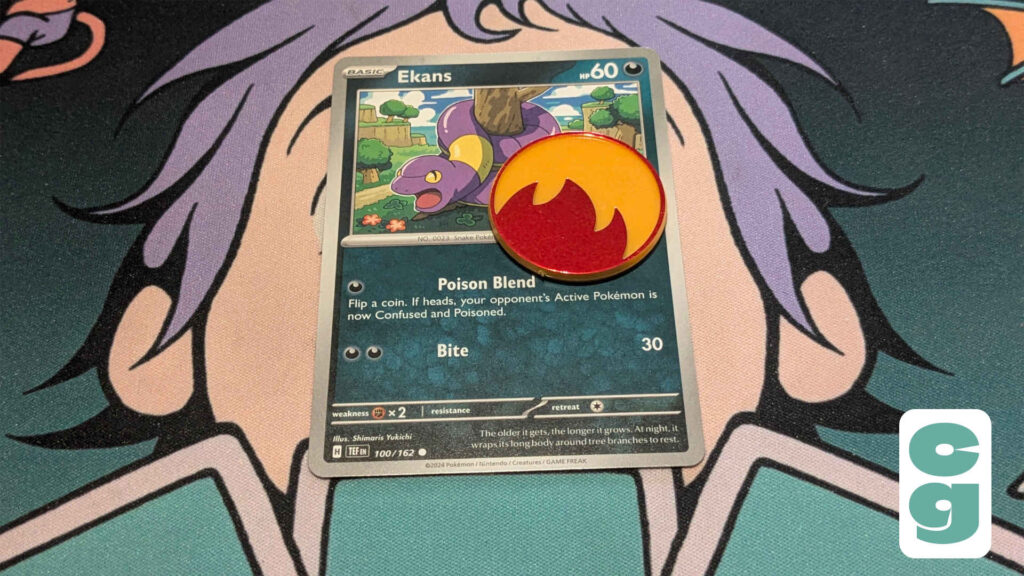
It’s understandable if players who played Pokémon many years ago haven’t grasped how the Burn status condition currently works in the Pokémon TCG, as the rules around burning changed during the Sun & Moon era, which began in 2017.
What hasn’t changed is that Burns are marked with a special burn marker, counter, or token, which shows either a double band-aid or a flame icon. Either way, when a Pokémon is Burned, this token is placed on their card. Several examples of what Burn tokens can look like are shown in the below image.
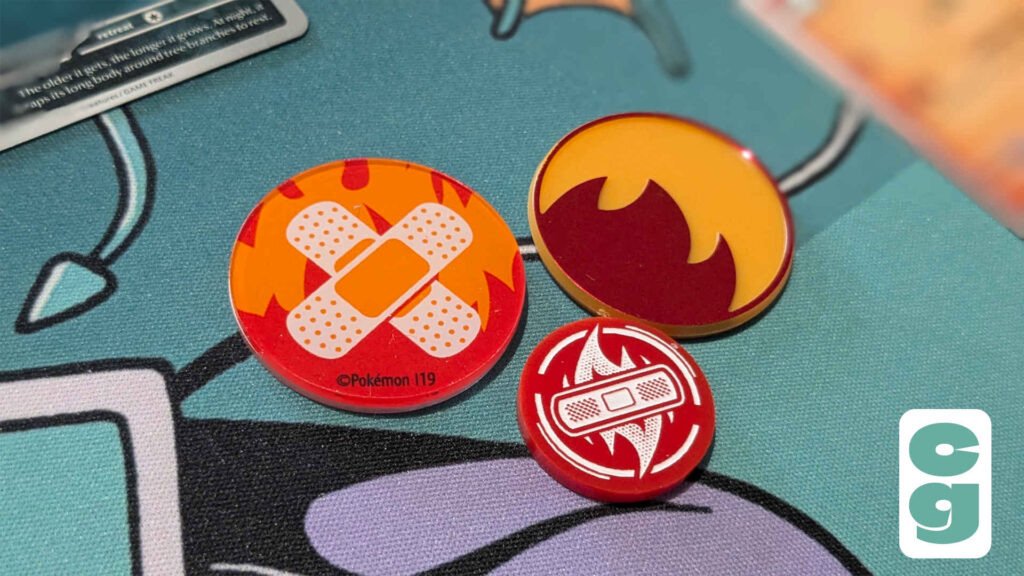
Between each player’s turn, two damage counters (with a single damage counter defined as causing 10 HP of damage to a Pokémon, which of course means 20 HP damage if two damage counters are used) are placed on the Burned Pokémon. Once those counters are placed on the Pokémon, a coin is flipped; on a result of tails, the Burn remains, but if the coin lands on heads, the Burn is cured.
Of course, as with any other damage-causing condition, some Burns may cause more than the default 20 HP damage, but this will be specified by the Pokémon’s attack which causes the Burn. If there is no damage specified and it just causes a Burn, the default two damage counters, or 20 HP, are dealt until heads is flipped.
Pokémon with a Burn can retreat as normal, and this will cure the Burn, as will using a card such as the aforementioned Switch. Likewise, they can also evolve and devolve, which will also cure them of their Burn.
Confused
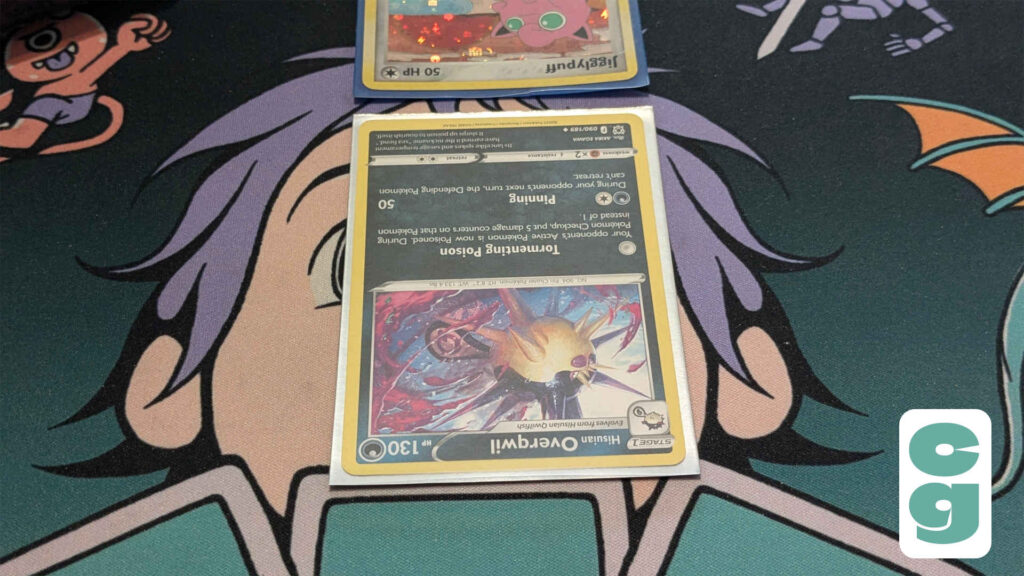
To mark a Pokémon as Confused, its card must be rotated 180°, so that it is vertically upside down, its name and the top of the card closest to its owner, rather than pointing towards the opponent (as you can see in the above image). The effect of having confusion only applies if the Confused Pokémon tries to attack; when that occurs, the Pokémon’s owner flips a coin. On a result of heads, the attack takes place as normal. If the result is tails, the Pokémon instead damages itself, and three damage counters (or 30 HP of damage) are applied to the attacking Pokémon.
Note that a successful coin flip of heads does not cure the Confused status; instead, Confused can only be cured by retreating, evolving (or devolving), or by certain specific cards or abilities.
Paralyzed

A Paralyzed Pokémon is marked as such by turning its card sideways; as Asleep Pokémon cards are turned counterclockwise, to differentiate the condition, a player would usually turn a Paralyzed Pokémon card clockwise, so that its name is pointing to the right of the player it belongs to. An example of this can be seen in the above image.
Being Paralyzed is a bit less serious than the other conditions, and only remains active for one turn. When a Pokémon is Paralyzed, it cannot attack or retreat, but at the end of its turn when Paralyzed, the card is turned upright again. The Pokémon can then act as normal on the following turn, unless of course they’re Paralyzed again.
Note that, as is the case for other status conditions, players can still use cards such as Switch to move their Paralyzed Pokémon from the Active Spot, but they are unable to use the standard method of retreating. A Paralyzed Pokémon can also be cured by being evolved or devolved.
Poisoned
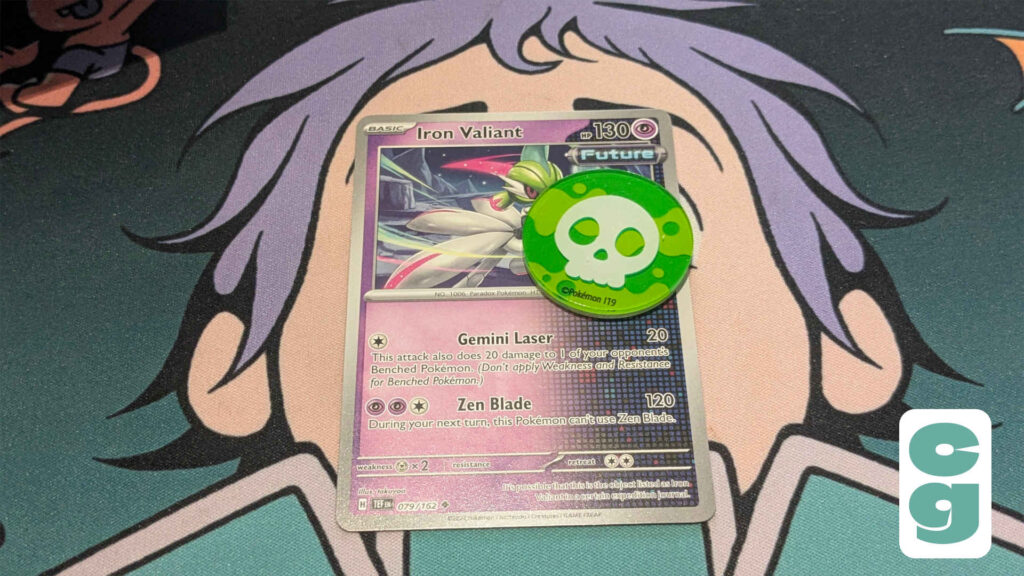
Knowing the rules around the Poison status is vital, as it’s almost certainly the most common status condition in the game. A Poisoned Pokémon will immediately be marked with a poison counter; this sometimes shows a Skull, but can also be a kind of gloopy, liquid illustration, depending on which type of Pokémon token players have to hand. Examples can be seen of some Poison counter designs below.
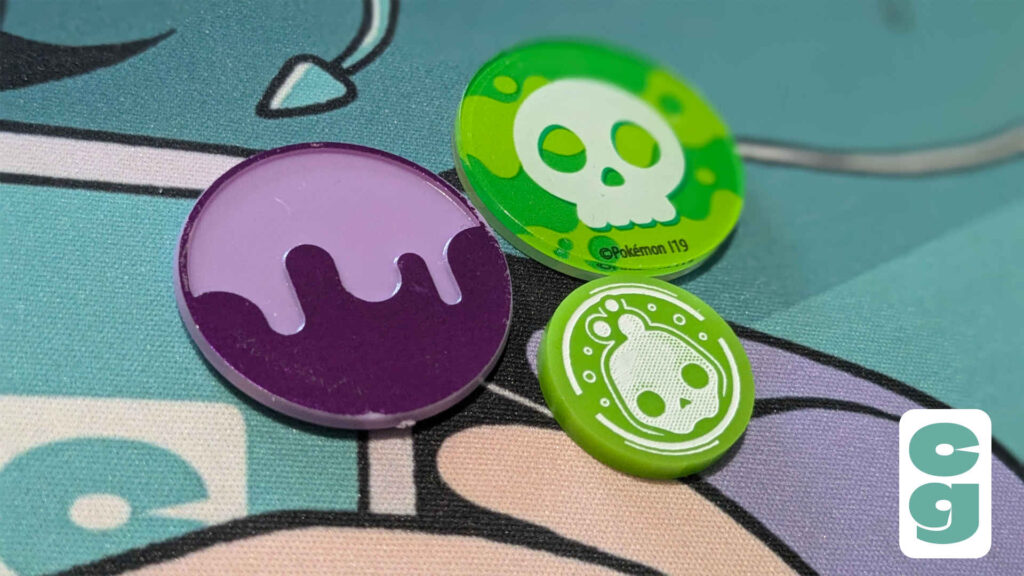
In any case, a Poisoned Pokémon will add one damage counter (so that’s 10 HP of damage) between each player’s turn by default. So every time either player ends their turn, another counter is added to the Poisoned Pokémon. That’s really important to note; some players misinterpret Poison as only being added after their own turn, but a counter is added after each player’s turn.
This means that, when a Pokémon is poisoned, it’ll take 10 damage after their opponent’s turn has ended, then another 10 damage after their own turn ends, and so on. Note that if a Poisoned Pokémon is Poisoned again (either via an attack or other means), the Poison will not stack, so it’s not possible to double or otherwise increase the amount of Poison dealt between turns. That is, unless the attack or other Pokémon poisoning method actually specifies an increased number of damage counters to be applied (an example of this can be found below).

Pokémon can be cured of Poison in the usual ways: retreating (which they can do as normal), using Switch, or by being evolved or devolved.
The Best Ways To Pre-Empt (And Deal With) Status Conditions
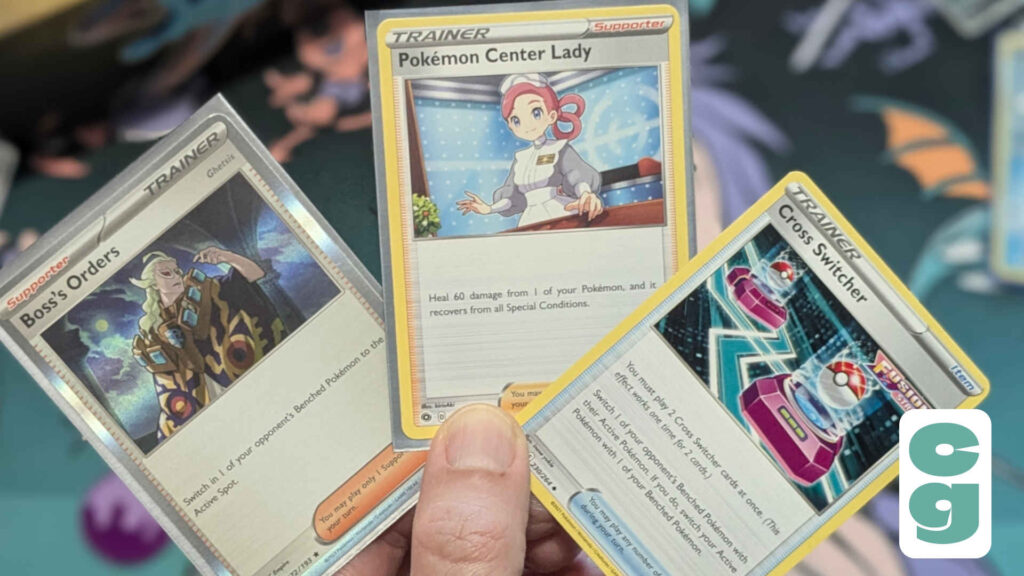
As you’ve seen from each entry above, using Trainer cards such as Switch will cure a Pokémon of its status condition, though of course you’ll need to make sure you have backup on the Bench! That said, Switch is a staple of just about every deck, and it pays to have the maximum four copies of Switch in any deck you build. Not only is it useful for status conditions, but it also helps if your Pokémon is particularly weak in terms of its HP remaining, or its specific weakness to the opposing active Pokémon’s energy type.
Though cards such as Full Heal or Pokémon Center Lady (shown above) will remove all status conditions, it may be that your opponent isn’t using any Pokémon which cause these conditions, so these could be wasted spots in your deck, better filled by the aforementioned, very flexible Switch, or even Cross Switcher, which is pictured above. Though you need two Cross Switcher cards to play simultaneously, it’ll swap your opponent’s active Pokémon with one on their Bench (removing the problematic card that’s causing the status condition) and at the same time, you can do the same with your own Pokémon, thus curing your active Pokémon of their negative status effect!
Choose your moment to evolve a Pokémon carefully, as this will also remove any status conditions, and also use Boss’s Orders, or similar Trainer cards, to stop your opponent’s active Pokémon from trapping you in a loop of, say, paralysis, which can be difficult to escape from.
Remember that only Burn and Poison deal damage over multiple turns, and these are perhaps the most serious, and common, status conditions that you’ll encounter, so you’ll definitely want to deal with them as soon as possible, whether that means retreating, switching your Pokémon out to the Bench, or simply evolving.
If you have other questions about any aspect of the Pokémon TCG, why not check out our parent’s guide to buying, playing, and collecting Pokémon cards? If you want to have more robust, resilient and aesthetically pleasing tokens to help you mark damage and status conditions during your games of Pokémon, take a look at our custom tokens feature, where we feature numerous options for adding a little visual pizzazz to your games!
